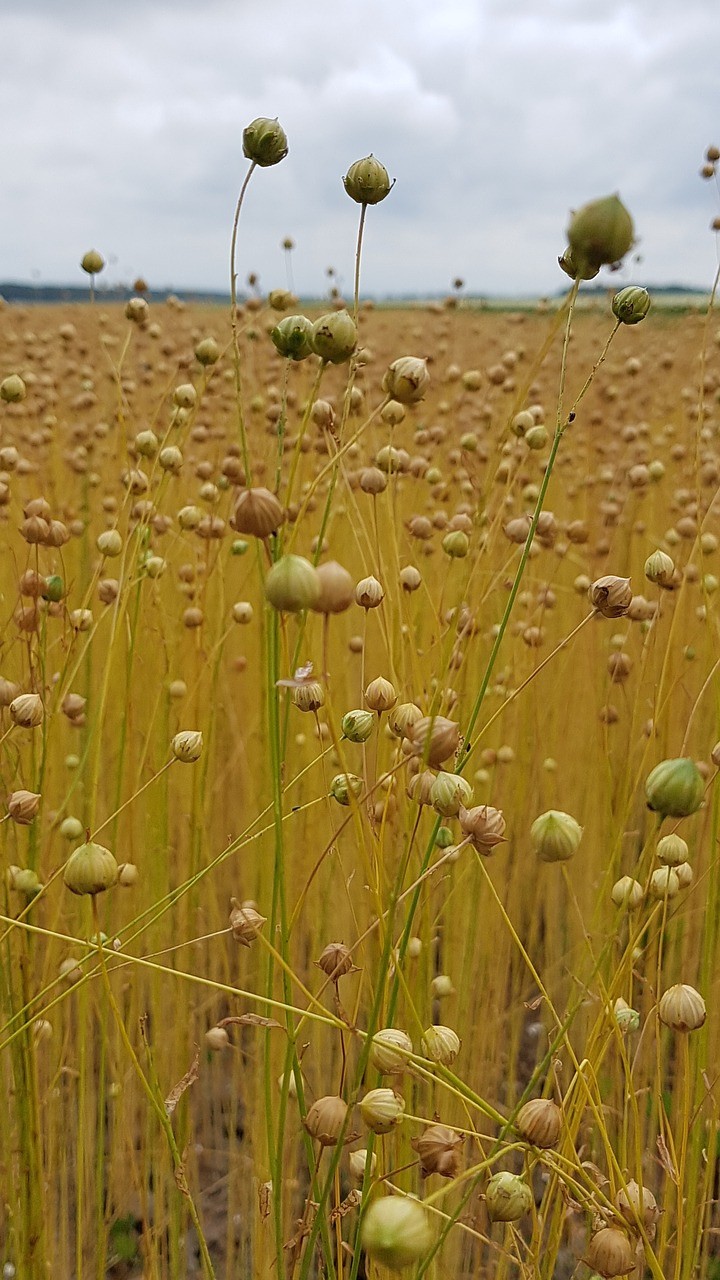The Botanical Journal of the Linnean Society has issued a new publication with a checklist of breeding guidelines to plant breeders and farmers of crops, authored by researchers from the Royal Botanic Gardens in Kew and the University of Portsmouth.
It is a formula for growing crops more sustainably and helping its users better understand and improve their plants. It helps increase yield and growth using their wild counterparts and relatives.
According to the study author and University of Portsmouth School of Biological Sciences senior lecturer Dr. Rocio Perez-Barrales, early domestication of crops was conducted in a very different environment and climate. However, we now face rapid climate change and catastrophic events such as droughts and freak weather events.

Loss of Plant Diversity
As domesticated man plants, they artificially selected specific traits that they wanted in their crops. This improved the quality of foods like vegetables, milk, fruit, and meat.
Unfortunately, through centuries of artificial breeding selection, the genetic diversity of plants have been reduced. Researchers think that a healthy genetic diversity can help plants cope with the change in the climate.
One option is to use wild relatives of domestic crops, taking advantage of their genes, which protects against adversity and natural enemies.
READ: Andean Communities Turn to Quinoa During the Current Pandemic and Climate Change Crises
The Effects of Climate Change
According to Perez-Barrales, the worldwide alteration in climate also altered crop behavior. Their limited genetic diversity limited their capacity to adapt.
Researchers can now turn to wild relatives of crops to look for traits that can be improved to help crops adapt better to the challenges they face now.
Updating Breeding Guidelines
The study authors looked at the guidelines set half a century ago. They based their new method on this outdated classification to improve crops. According to Perez-Barrales, some crops only have few relatives, while others have many.
An example is linseed, which has over 150 relatives. The challenge for breeding is to select the right genetic traits from wild relatives by learning more of the species' biology as updated by discoveries by science.
The key is to identify what wild relative must be used for improving the domestic crop. The new publication has guidelines for selecting the right species for crop improvement.
READ: Development of Modern Cucurbita Pumpkins from Ancient Pumpkin Varieties
Points to Consider Inbreeding
The species' genetic diversity must be understood, so that closely related wild species will be used. This is because closer relatives have less genetic barriers.
- It is also essential to determine the species' genetic compatibility, including chromosome number variation. There must be the same chromosome count for both.
- The species' reproduction and pollination biology must also be understood. Inbreeding and self-pollination must be prevented because inbreeding causes genetic diseases.
According to Kew Garden's Juan Viruel, the study advises breeders to utilize phylogenetic distance metrics, cytogenetic compatibility, such as ploidy and chromosome number, and knowledge of a plant's breeding system. These will help determine what wild species are suitable for breeding and hybridization programs.
This checklist of breeding guidelines can help select wild species better for crop improvement and help plant breeders produce crops more sustainably.
READ NEXT: Berkeley Says California Temperatures Ideal for Some Crops but Too Warm for Others
Check out for more news and information on Soil Conservation on Nature World News.
© 2025 NatureWorldNews.com All rights reserved. Do not reproduce without permission.





